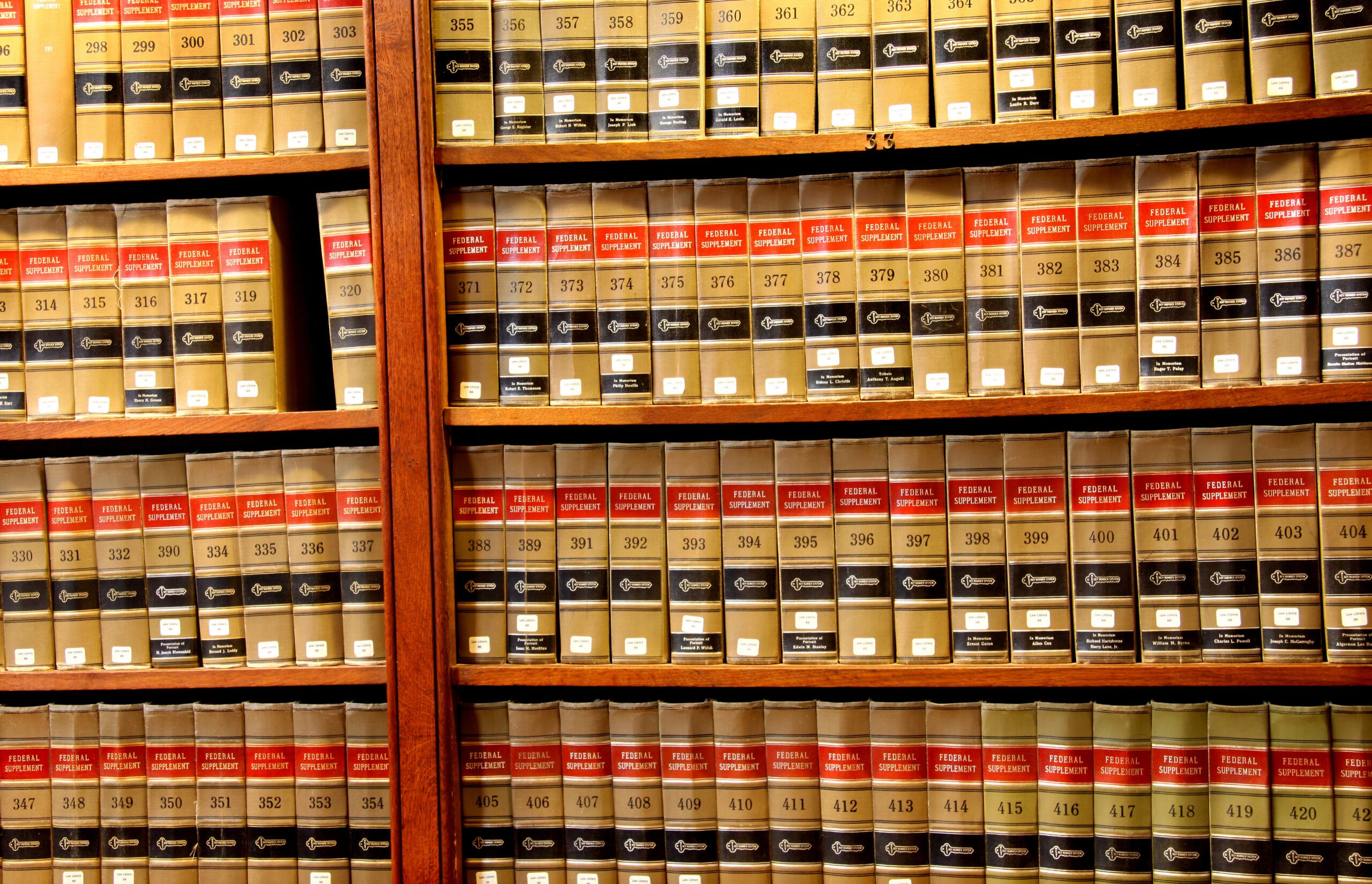Legal literature does not offer any sound theoretical development on the relationship between law and innovation. In practice, two broad rival approaches – protective or permissive – emerged over time as social regulation was introduced in sectors of activity where innovation looms large. The protective approach requires evidence that an invention has a positive impact on society before it can be diffused (e.g. pharmaceuticals), whereas the permissive approach allows for diffusion without prior examination (e.g. digital sector).
Each of these approaches is by now embedded in the “innovation culture” of their respective sectors. In recent years, the limits of these approaches have become more apparent. This contribution surveys the two approaches and the innovation cultures associated with them. Furthermore, co-existence between them became fraught, once the dynamism of the digital economy induced convergence with heretofore distinct sectors under a protective approach. Seeing that none of these approaches is appropriate for AI, the contribution then investigates whether a third approach, based on responsible innovation would be feasible and how the EU seems to follow it in the AI Act.





